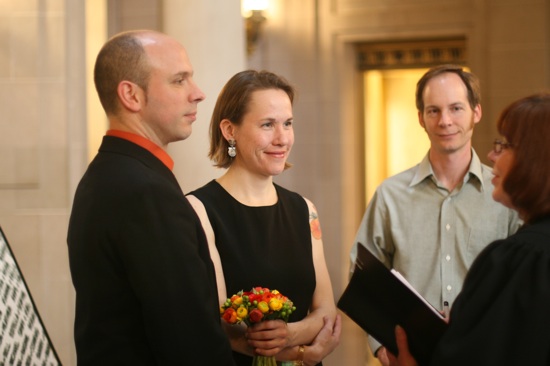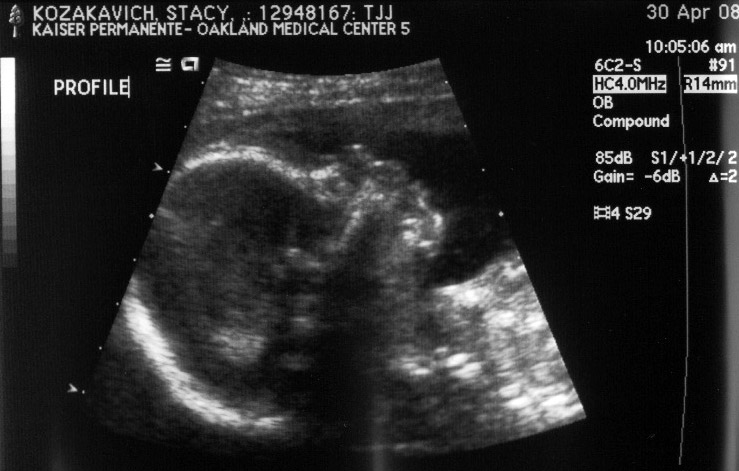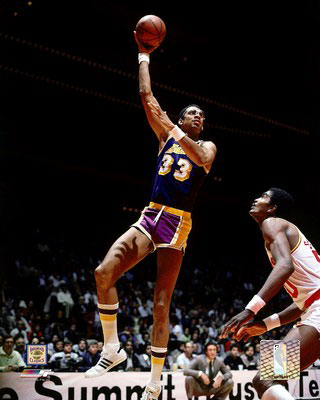(20 minutes is the length of my BART commute.)
All Americans know that 1967 was a heady time of the country. “The Sixties” were in full swing, and the gap between the Baby Boomers and their parent generation was startlingly wide. Studying the pop culture of the time can reveal interesting sociological trends. While mainstream music had already been thoroughly upended, mainstream cinema still largely trafficked in the pabulum from what was increasingly a bygone era.
I just completed the best book I’ve read so far this year, Pictures at the Revolution, by Mark Harris. I first heard about the book on a podcast of KCRW’s The Treatment, where its author was interviewed. I waited for the copy to become available at my local library, and dove in. The book is little more than a historical take on the five Best Picture nominees to emerge from that year — Guess Who’s Coming To Dinner, In The Heat of the Night, The Graduate, Bonnie and Clyde, and, most notoriously, Doctor Dolittle. These nominations represent the divide occurring in Hollywood at the time, with Dinner and Dolittle representing the older generation, Graduate and Clyde the new generation, and Heat balancing between the two.
Both The Graduate and Bonnie and Clyde are considered the ultimate capturers of their Zeitgeist, so it comes as something of a surprise to find out both had their genesis in 1964, and that it took quite a while to get those stories to the screen. It intrigues me that those are the only films of this bunch to have a lasting presence in the canon — I suspect that these films aren’t so much of their time as being of all time, a Rorschach test that allows any filmgoer to read their contemporary concerns into the narrative.
Bonnie and Clyde easily had the most fascinating gestation — beginning as an homage to the French New Wave, it was very nearly directed by Truffaut, and then Godard, before it finally made its way to Arthur Penn. The Graduate was always protected by the supreme confidence of its director, Mike Nichols, who knew exactly what he wanted, even if he couldn’t articulate it. Heat struggled with social relevance in a time when Hollywood still wasn’t comfortable making bold statements. Dinner was little more than an excuse to have Tracy and Hepburn make one last film. And Dolittle was a disaster from the word go — filled with lessons about what not to do, particularly hiring mercurial prima donnas.
The most poignant story in the book is Sydney Poitier’s. He stars in two of the films (Heat and Dinner) and was considered for a third (Dolittle). Sydney had won an Academy Award, and by the end of 1967 was the top-grossing star in Hollywood. However, he simply couldn’t break free of the typecasting of the neutered irreproachable Negro, and as social mores evolved, he found himself caught in the middle. He suffered the classic innovator’s dilemma — the things about him that allowed him to succeed in the early and mid-60s were exactly the things that rendered him irrelevant as the decade wore on. It’s disheartening because Poitier was very much aware of this, and couldn’t break free from this reality — he was literally damned if he did and damned if he didn’t.
There are a lot of good stories winding throughout the book — Warren Beatty’s increasing chutzpah to produce Bonnie and Clyde, the casting of Dustin Hoffman against all conventional wisdom, the establishment of color photography as a medium for stark social commentary (and not just boisterous musicals or Westerns), Benton and Newman’s ascendance from contributors at Esquire to full-fledged filmmakers, etc. etc. It’s a long book (near 450 pages), but moves briskly, and is always entertaining. If you dig films, and Hollywood, it’s definitely worth perusing.
And now I’m at my stop. Until next time!




 I grew up in Los Angeles in the 70s and 80s, and basketball was my favorite sport to watch and play. Needless to say, the L.A. Lakers were my team, and its centerpiece Kareem Abdul-Jabbar my favorite player. To the degree that when I would play b-ball with my friends, and we’d pretend we were professionals, I always said I was Kareem. Though I was an exceedingly average-sized white kid. The only thing we had in common was that I wore goggles when I played (I wore glasses until I was around 12). And I shot a skyhook, though it rarely went in.
I grew up in Los Angeles in the 70s and 80s, and basketball was my favorite sport to watch and play. Needless to say, the L.A. Lakers were my team, and its centerpiece Kareem Abdul-Jabbar my favorite player. To the degree that when I would play b-ball with my friends, and we’d pretend we were professionals, I always said I was Kareem. Though I was an exceedingly average-sized white kid. The only thing we had in common was that I wore goggles when I played (I wore glasses until I was around 12). And I shot a skyhook, though it rarely went in.